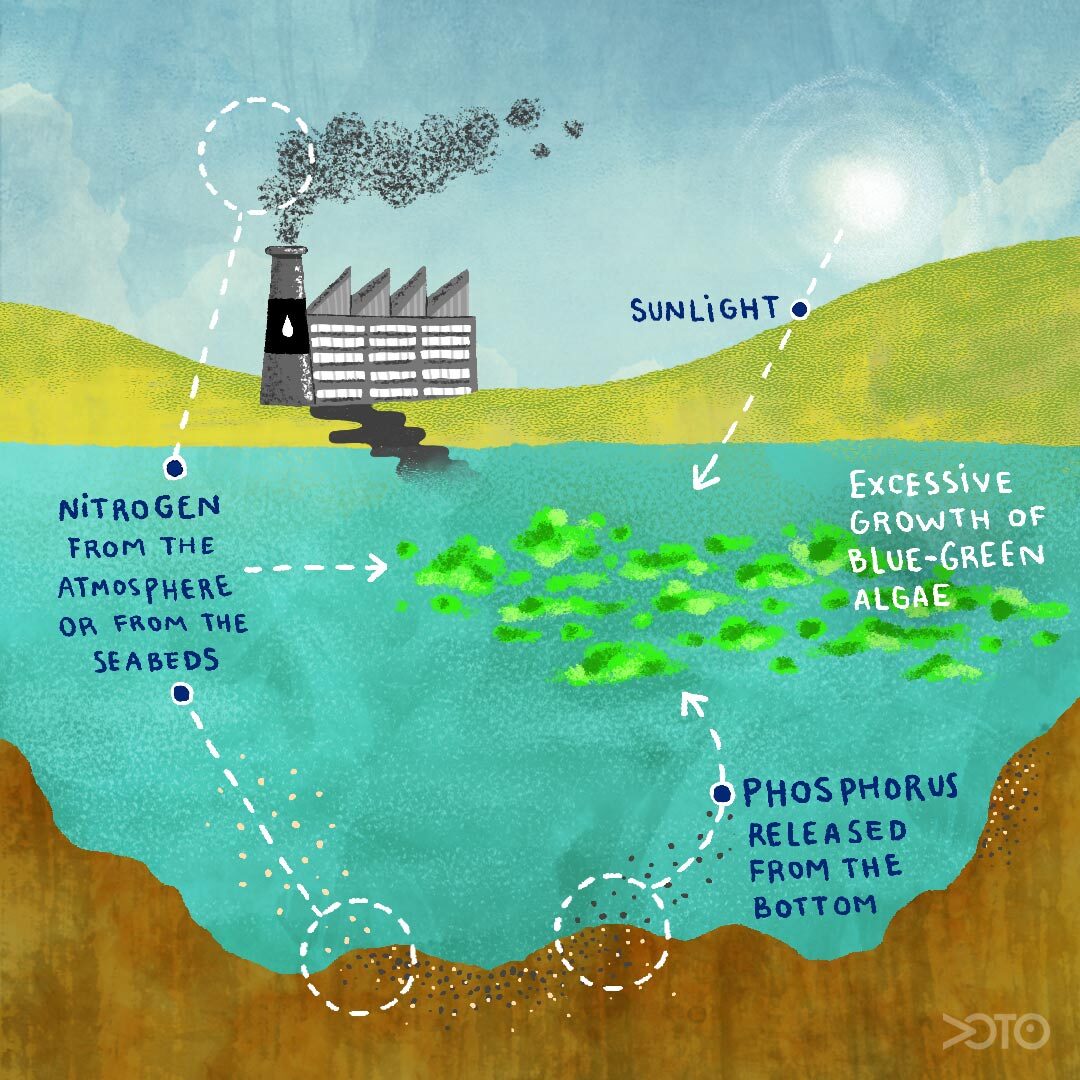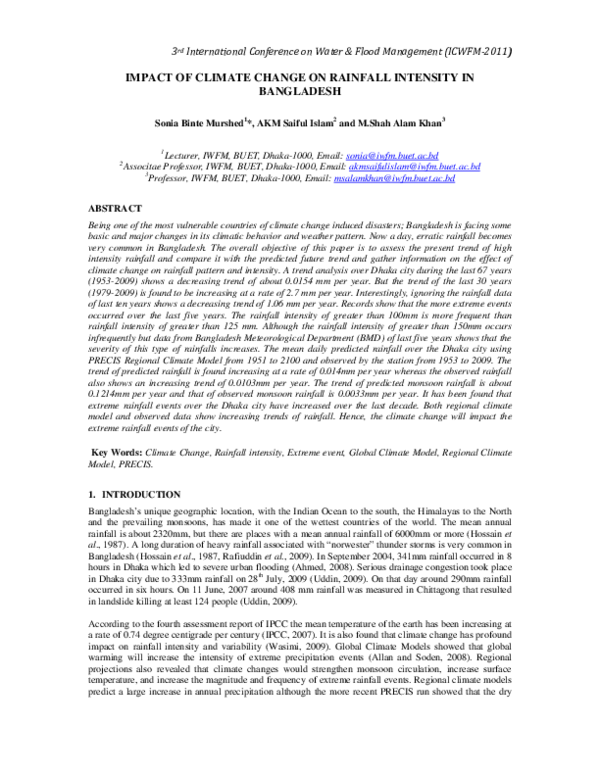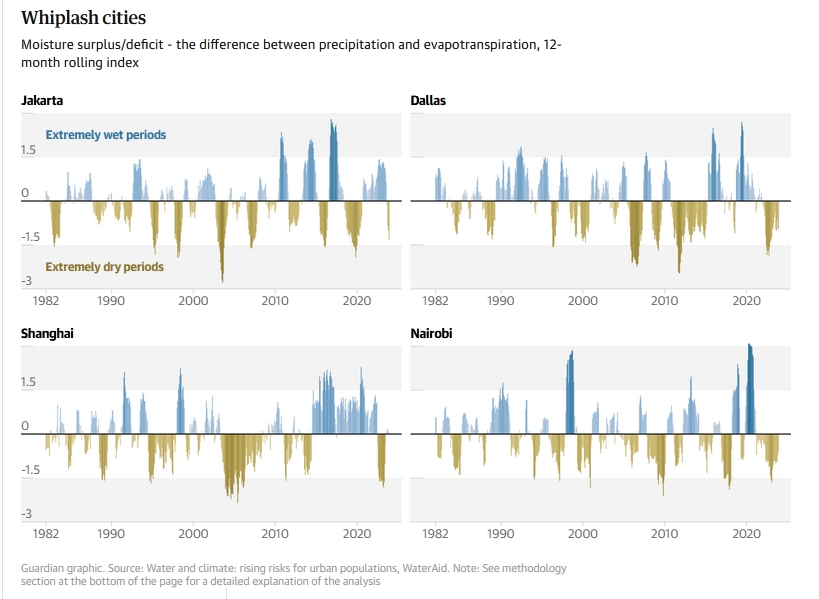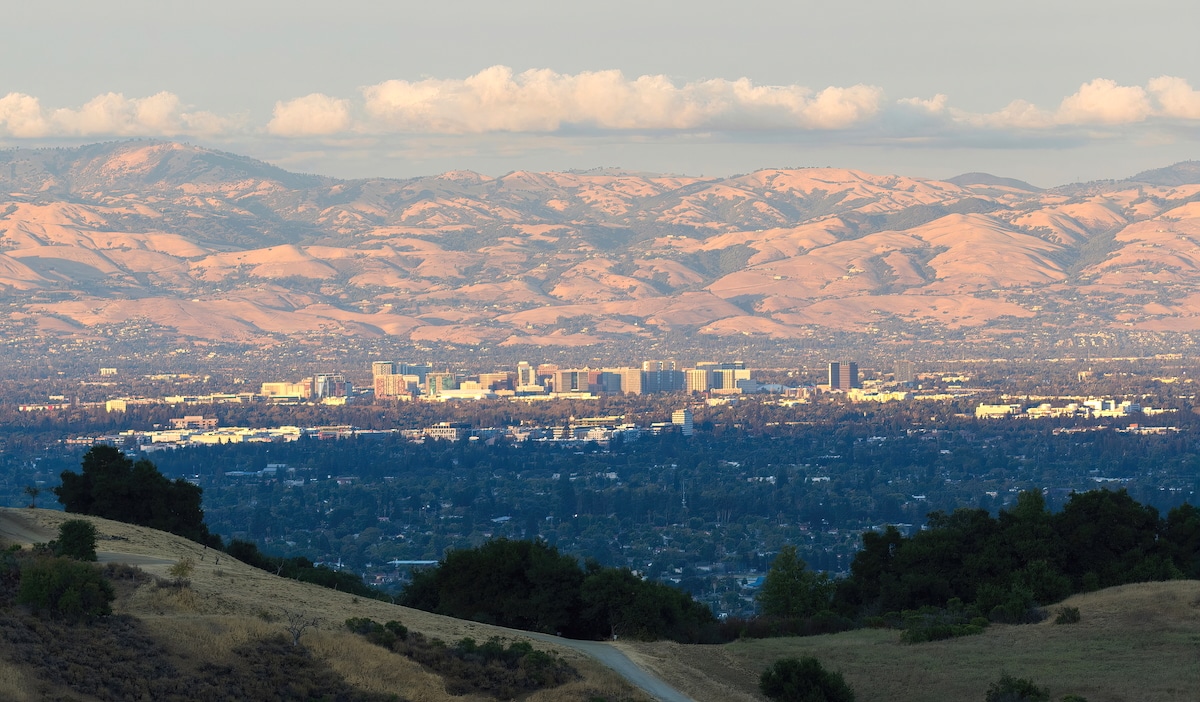Harmful Algal Blooms: Kodiak's Shellfish Industry Faces Double Threat

Table of Contents
The Direct Impact of HABs on Kodiak's Shellfish
Harmful Algal Blooms (HABs) contaminate shellfish by accumulating toxins within their tissues. This bioaccumulation makes the shellfish unsafe for human consumption, leading to serious health risks. Kodiak’s shellfish populations are particularly vulnerable to several HAB species. For example, Alexandrium catenella, a dinoflagellate responsible for paralytic shellfish poisoning (PSP), is a significant concern. This potent neurotoxin can cause a range of symptoms, from tingling and numbness to paralysis and even death if contaminated shellfish are consumed.
Different shellfish species react differently to HAB toxins. Clams, mussels, and oysters, all significant components of Kodiak’s harvest, accumulate toxins at varying rates, making monitoring and management complex. The presence of HABs necessitates:
- Increased monitoring and testing: Regular water sampling and shellfish tissue analysis are crucial for early detection and prevention of PSP outbreaks.
- Shellfish harvesting closures: When toxin levels exceed safety thresholds, harvesting closures are implemented, resulting in substantial economic losses for harvesters.
- Potential health risks to consumers: Consumption of contaminated shellfish can lead to serious illness or even death, highlighting the importance of rigorous safety protocols.
- Impact on local communities and livelihoods: Shellfish harvesting is often a family tradition, deeply entwined with the cultural identity and economic stability of Kodiak's communities. HABs directly threaten these livelihoods.
Economic Consequences of HAB-Related Closures
The economic impact of HABs on Kodiak's shellfish industry is substantial. Harvesting closures translate directly into lost revenue for harvesters, impacting their income and potentially leading to job losses. This ripple effect extends throughout the related businesses: processing plants face reduced production, transportation companies see decreased demand, and local businesses dependent on shellfish tourism suffer.
The economic consequences are far-reaching:
- Reduced export markets: Safety concerns linked to HABs can severely limit access to international markets, diminishing export opportunities.
- Increased insurance costs: Shellfish harvesters face higher insurance premiums due to the increased risk associated with HABs.
- Government support needed: Economic recovery requires significant government intervention, including financial assistance and support for diversification efforts.
- Long-term impacts on sustainable shellfish harvesting practices: HABs force a reconsideration of sustainable practices and necessitate long-term strategies for managing this recurring threat.
Mitigating the Threat of Harmful Algal Blooms in Kodiak
Kodiak currently employs monitoring and early warning systems, but more comprehensive strategies are necessary to mitigate the impact of HABs. These include:
- Improved water quality management: Addressing pollution sources that can exacerbate HAB growth is vital.
- Shellfish aquaculture techniques: Sustainable aquaculture practices can enhance resilience to HAB events and minimize risks.
- Research efforts: Ongoing research is crucial to understand the dynamics of HABs in Kodiak waters, predict blooms, and develop effective mitigation techniques.
- Collaboration: Effective HAB management requires collaboration between researchers, the shellfish industry, government agencies, and local communities. This synergistic approach is essential for developing and implementing solutions.
Key actions include:
- Investment in advanced HAB detection technologies: Early warning systems are crucial for minimizing economic losses and protecting public health.
- Collaboration between researchers, industry, and government: A coordinated, multi-faceted approach is essential to effectively address this challenge.
- Public education campaigns on shellfish safety: Raising public awareness on the risks of HABs and the importance of safe shellfish consumption is vital.
- Sustainable aquaculture practices to reduce vulnerability: Implementing sustainable practices can reduce the impact of HABs on shellfish populations and improve the overall resilience of the industry.
Protecting Kodiak's Shellfish Industry from Harmful Algal Blooms
Harmful Algal Blooms pose a significant double threat to Kodiak's shellfish industry, jeopardizing both public health and economic stability. The economic impact of closures and the potential health risks associated with contaminated shellfish necessitate a proactive and multifaceted approach. Continued research, improved monitoring systems, and a collaborative effort involving scientists, industry stakeholders, and government agencies are crucial to combatting this challenge. We must invest in advanced detection technologies, promote sustainable aquaculture practices, and support public education initiatives to protect this vital industry. The long-term health and prosperity of Kodiak’s shellfish industry depend on our collective commitment to mitigating the threat of Harmful Algal Blooms and ensuring the safety and sustainability of this valuable resource. Learn more about HABs in Kodiak and support initiatives aimed at protecting this important industry. Your support for research funding, improved monitoring, and sustainable fishing practices is vital in the fight against harmful algal blooms.

Featured Posts
-
 Savvato 12 4 Olokliromenos Odigos Tileoptikon Programmaton
May 30, 2025
Savvato 12 4 Olokliromenos Odigos Tileoptikon Programmaton
May 30, 2025 -
 The Ripple Effect Trump Tariffs And The Future Of Indian Solar Exports To Southeast Asia
May 30, 2025
The Ripple Effect Trump Tariffs And The Future Of Indian Solar Exports To Southeast Asia
May 30, 2025 -
 Programma Tileoptikon Metadoseon Savvatoy 12 4
May 30, 2025
Programma Tileoptikon Metadoseon Savvatoy 12 4
May 30, 2025 -
 Ticketmaster Ofrece Mayor Transparencia Sobre El Precio De Sus Boletos
May 30, 2025
Ticketmaster Ofrece Mayor Transparencia Sobre El Precio De Sus Boletos
May 30, 2025 -
 Anderlecht Strategi Vedrorende Lukrative Tilbud
May 30, 2025
Anderlecht Strategi Vedrorende Lukrative Tilbud
May 30, 2025
Latest Posts
-
 Western Massachusetts Rainfall The Impact Of Climate Change
May 31, 2025
Western Massachusetts Rainfall The Impact Of Climate Change
May 31, 2025 -
 The Impact Of Dangerous Climate Whiplash A Global City Perspective
May 31, 2025
The Impact Of Dangerous Climate Whiplash A Global City Perspective
May 31, 2025 -
 Dangerous Climate Whiplash A Growing Threat To Cities Around The World
May 31, 2025
Dangerous Climate Whiplash A Growing Threat To Cities Around The World
May 31, 2025 -
 The Link Between Corporate Targets And Increasing Uk Pet Vet Bills
May 31, 2025
The Link Between Corporate Targets And Increasing Uk Pet Vet Bills
May 31, 2025 -
 New Report Highlights Dangerous Climate Whiplash Impacts On Global Cities
May 31, 2025
New Report Highlights Dangerous Climate Whiplash Impacts On Global Cities
May 31, 2025
